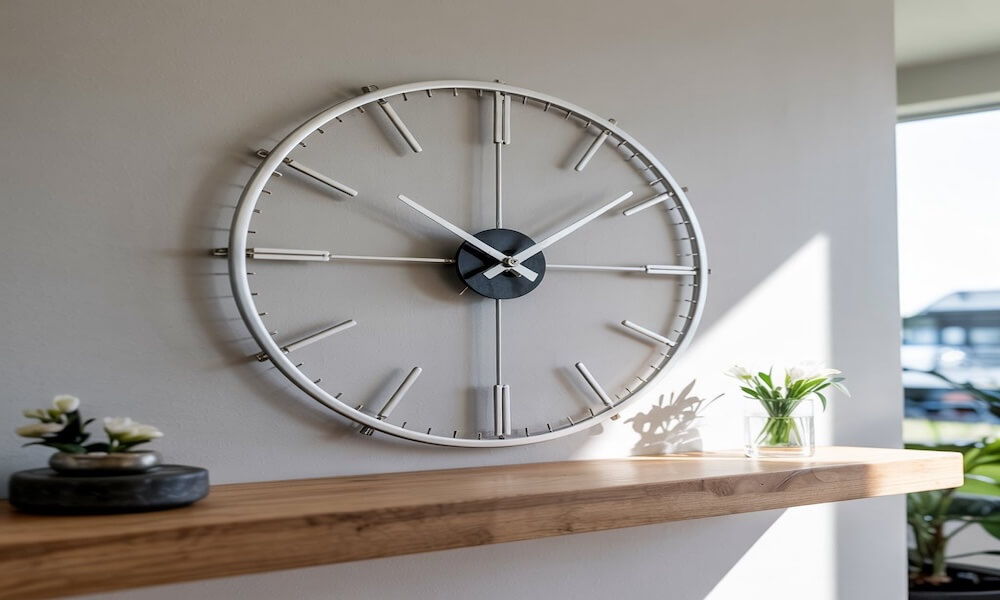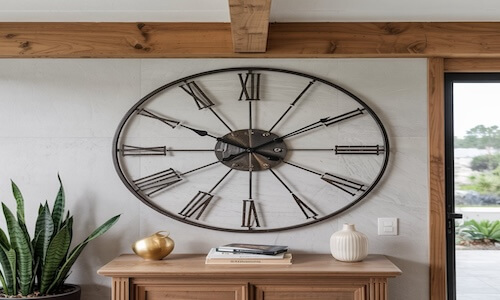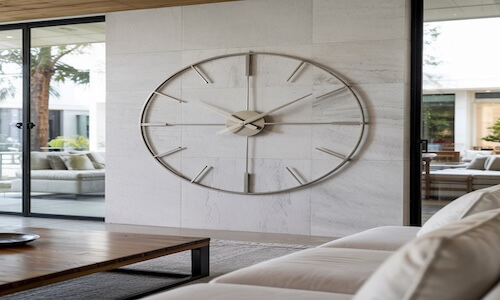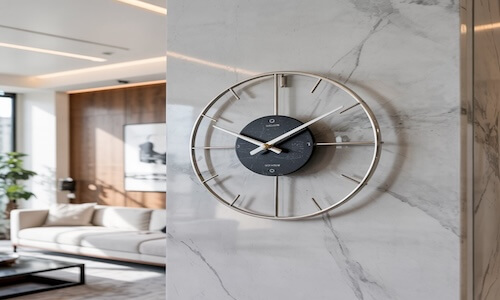Building Timeline
How Long It Takes to Build a Custom Home
Building a custom home is an exciting yet complex journey, marked by careful planning, coordination, and time management. For many, it’s the realization of a lifelong dream, but it’s important to know that it’s a process that requires time, patience, and flexibility. One of the most common questions asked by prospective homeowners is: How long does it actually take to build a custom home?
The timeline for constructing a custom home can vary significantly depending on various factors, such as the complexity of the design, the availability of labor and materials, the location, weather conditions, and the builder’s efficiency. Typically, building a custom home can take anywhere from 8 to 18 months. However, understanding the steps involved can give you a clearer idea of what to expect and why some projects take longer than others.
In this article, we’ll break down the phases of building a custom home and provide a detailed timeline to help you understand what goes into the process and why timing can vary.

Phase 1: Pre-Construction (1-3 months)
Before the construction begins, several essential steps need to be completed. These preliminary phases can take anywhere from 1 to 3 months, depending on the project’s complexity and how prepared the homeowner and builder are. During this stage, you’ll find most room for negotiation. The pre-construction phase involves:
1.1 Design and Planning
The design phase is one of the most critical and time-consuming parts of the custom home building process. Working closely with an architect or designer, you’ll finalize the design for your dream home. This stage includes drafting the blueprints, selecting materials, and making adjustments to meet your needs. It may involve:
- Developing a site plan
- Creating floor plans
- Customizing structural details
- Selecting materials and finishes
This phase also includes making sure your design adheres to zoning laws, building codes, and other local regulations.
1.2 Permits and Approvals
Once the design is finalized, you must apply for building permits. The approval process can take time, especially if local regulations are complex. Some areas require environmental reviews, zoning clearances, or other checks before construction begins. Permitting can take anywhere from a few weeks to a few months depending on local government procedures.
1.3 Site Preparation
Site preparation includes clearing the land, grading, and preparing the foundation. If there are significant issues such as uneven terrain or the need for extensive excavation, this phase can take longer. Additionally, utility installation—such as connecting water, electricity, and sewage—will also be handled during this phase.

Phase 2: Foundation and Framing (2-4 months)
After the pre-construction work is completed, construction officially begins with laying the foundation and framing the structure.
2.1 Foundation
The foundation is one of the most important elements of your home’s structure. The type of foundation you choose—whether it’s a slab, crawl space, or full basement—will significantly impact the timeline. Typically, foundations take about 1-2 months to complete. Factors such as weather conditions, soil type, and the complexity of the foundation can all influence this timeline.
2.2 Framing
Once the foundation is set, framing begins. This includes building the walls, roof structure, and floors. Framing is one of the largest and most time-consuming tasks in home construction. Typically, framing can take anywhere from 1 to 2 months, depending on the size and complexity of the design. For larger or more intricate homes, framing could take longer, particularly if custom woodwork or specialty materials are used.
Phase 3: Plumbing, Electrical, and HVAC (2-3 months)
Once the framing is complete, contractors move on to the installation of plumbing, electrical, and HVAC systems—also known as “rough-in” work. This phase can take between 2 to 3 months, depending on the size of the home and the complexity of these systems.
3.1 Plumbing
Plumbing installation includes the installation of water supply lines, sewage pipes, and fixtures. The plumbing team will also install any special systems, such as water filtration or radiant floor heating. The complexity of these systems and the home’s layout can influence how long plumbing work takes.
3.2 Electrical
Electrical systems are installed at the same time as plumbing. Electricians will install wiring, outlets, circuit breakers, and other electrical components. Custom homes often have specialized lighting or smart home systems, which can add to the timeline.
3.3 HVAC
Heating, ventilation, and air conditioning (HVAC) systems are also part of the rough-in phase. Installing ductwork, heating units, and air conditioning systems can take time, particularly in larger homes with complex layouts.

Phase 4: Insulation, Drywall, and Windows (1-2 months)
Once the plumbing, electrical, and HVAC systems are installed, the next phase involves closing up the structure and making the home livable. This includes adding insulation, hanging drywall, and installing windows and doors. This phase typically takes 1 to 2 months, depending on the size of the house.
4.1 Insulation
Proper insulation ensures energy efficiency and temperature control in your home. Insulation installation can vary depending on the materials used (fiberglass, spray foam, cellulose) and the size of the home. This phase can take a few days to a couple of weeks.
4.2 Drywall and Interior Walls
After insulation, drywall is hung, taped, and finished. This includes sanding and painting the drywall. The interior walls of the home begin to take shape at this point, and this process usually takes 1 to 2 months depending on the home’s size and complexity.
4.3 Windows and Doors
Windows and exterior doors are installed after the drywall work. In custom homes, choosing specialty windows or custom-designed doors can add time to this phase. Expect 2-3 weeks for window and door installation.
Phase 5: Finishing Touches and Interior Work (2-3 months)
This phase is where the home begins to look finished. It includes the installation of flooring, cabinetry, countertops, appliances, and painting. This phase typically takes around 2 to 3 months, depending on the level of detail and custom work involved.
5.1 Flooring and Tile
Flooring installation—including hardwood, tile, carpet, or vinyl—will be completed in this phase. This can take several weeks depending on the materials chosen and the square footage of the home.
5.2 Cabinetry and Countertops
Cabinets, countertops, and other custom carpentry work are also installed at this point. Custom cabinetry can add time, as it typically requires more attention to detail.
5.3 Painting and Final Finishes
Painting the interior walls, touch-ups, and final detailing are done in this phase. The home may also receive its final coat of paint on the exterior. Additional details such as installing light fixtures, hardware, and landscaping are also completed.

Phase 6: Final Inspections and Move-In (1 month)
Once all the construction is completed, the home will undergo a series of inspections to ensure it meets local building codes and regulations. These inspections can take a few weeks, depending on the complexity of the systems and the region.
6.1 Inspections
Municipal inspectors will check plumbing, electrical, and HVAC systems, as well as structural integrity and safety features. You’ll also have your own inspection to ensure everything meets your expectations and to avoid future legal conflicts.
6.2 Final Walkthrough
A final walkthrough with your builder allows you to identify any last-minute issues that need to be addressed before moving in. This phase typically lasts about a week.
